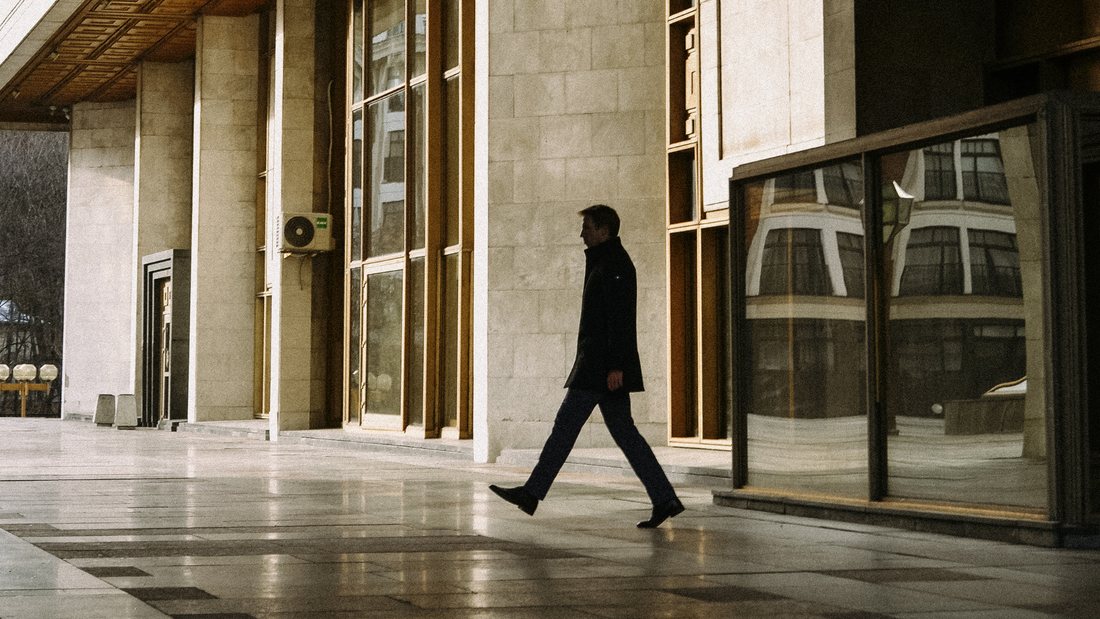
Share
How Your Environment Shapes Your Decisions (And How to Hack It)
We like to think our choices are purely conscious, rational acts arising from intellect and intention. Yet the environments we inhabit—physical, social, and digital—subtly mold our cognition, attention, and behavior. From the layout of a room to the color of objects we surround ourselves with, countless invisible cues guide decision-making, often without awareness. At Antithesis, we believe recognizing these influences is essential to reclaiming autonomy and living intentionally. By understanding how environments shape thought, we can hack our surroundings to support independent thinking, creativity, and deliberate action.
The Science of Environmental Influence
Cognitive science and behavioral psychology demonstrate that even minor environmental cues can influence decisions. A seminal study by Wansink et al. found that people ate 28% more when served in large bowls compared to small ones, despite hunger levels remaining constant (1). Similarly, workplace studies show that office design, lighting, and furniture arrangement can impact productivity, creativity, and collaboration (2).
- Example: Open-office layouts, intended to increase collaboration, often reduce privacy and heighten stress, leading to less thoughtful decision-making in employees. Conversely, strategically designed quiet zones promote reflection and higher-quality problem-solving.
Insight: Understanding how environments prime thought allows for intentional interventions—small changes that support autonomy rather than conformity.
Physical Space and Cognitive Control
Our immediate physical surroundings profoundly shape attention and behavior. Neuroscience reveals that cluttered environments increase cognitive load, impair working memory, and reduce the brain’s capacity for complex reasoning (3). In contrast, well-structured environments, with clear visual hierarchies and designated zones, enhance focus and decision-making.
- Historical Example: Nikola Tesla, known for his meticulous inventions, maintained highly organized workspaces that allowed him to focus intensely on creative problem-solving. The physical order facilitated cognitive clarity.
Practical Application:
- Maintain clean, intentional spaces.
- Place frequently used tools or objects within easy reach to reduce decision fatigue.
- Rotate items intentionally to refresh cognitive stimuli without introducing clutter.
Digital Environments and Attention
The digital landscape is arguably the most pervasive environmental influence today. Notifications, algorithmic feeds, and infinite scrolling exploit attentional biases, fragmenting focus and subtly dictating preferences (4).
- Statistic: A 2017 study found that individuals check their phones 58 times per day on average, often automatically, which diminishes deep work and deliberate reflection (5).
Antithesis Insight: Regaining control over digital environments—curating notifications, organizing apps, and implementing scheduled “off” periods—is a cognitive intervention that strengthens autonomy and independent thought.
Subtle Environmental Cues That Shape Decisions
Objects, colors, and even scents can unconsciously guide behavior:
- Color: Research indicates that red increases attention to detail and vigilance, whereas blue fosters expansive thinking and creativity (6).
- Lighting: Exposure to natural or blue-enriched light enhances alertness and analytical reasoning, while dim warm light promotes reflective, imaginative thinking (7).
- Objects Suggesting Motion: Static items with implied motion can energize cognitive processing, subtly priming action and creativity (8).
- Example: Art galleries often use high ceilings, spacious layouts, and directional lighting to guide viewers’ focus, evoking contemplation and sustained attention.
Social Environments and Behavioral Norms
Humans are highly sensitive to social context. Behavioral economics shows that social proof and implicit norms shape decisions in subtle ways: people conform to the perceived majority, often unconsciously (9).
- Example: Office cultures that reward visible busyness can induce overwork, while collaborative cultures emphasizing reflection encourage intentional decision-making.
- Application: Curate social environments—friends, mentors, colleagues—that reinforce deliberate thought, curiosity, and independence rather than mindless conformity.
Environmental Hacking: Practical Steps
1. Physical Space:
Reduce clutter, designate work and reflection zones, and arrange objects to prompt focus or creativity.
2. Digital Space:
Turn off non-essential notifications, schedule email/social media checks, and organize feeds to minimize distraction.
3. Color and Light:
Use warm light and soft colors for reflective activities; blue or bright light for analytical work.
4. Social Environment:
Surround yourself with individuals who challenge assumptions and encourage independent thinking.
5. Intentional Rotation:
Periodically refresh your environment—rearranging furniture, updating visuals, or changing routines—to break autopilot behaviors and maintain cognitive engagement.
Conclusion
Every decision we make is subtly shaped by the world around us—from objects and lighting to social norms and digital feeds. The invisible forces embedded in our environments guide thought, attention, and behavior, often without our conscious awareness. At Antithesis, understanding these forces is a path to autonomy: by designing and curating our surroundings intentionally, we reclaim control over our minds, actions, and ultimately, our identity. Conscious environmental hacking is not mere decoration—it is an intellectual act of defiance against autopilot living.
References
- Wansink, B., Painter, J. E., & Lee, Y. (2006). The office candy dish: Influence of portion size on consumption. Journal of Consumer Research, 32(3), 341–348. link
- Choi, J., & Evans, G. W. (2014). Office design and cognitive performance. Building and Environment, 72, 68–75. link
- Vohs, K. D., Redden, J. P., & Rahinel, R. (2013). Physical order and cognitive function. Psychological Science, 24(9), 1860–1867. link
- Ophir, E., Nass, C., & Wagner, A. D. (2009). Cognitive control in media multitaskers. PNAS, 106(37), 15583–15587. link
- Pew Research Center. (2017). Device dependency and media habits. link
- Mehta, R., & Zhu, R. (2009). Blue or red? The effect of color on cognitive performance. Science, 323(5918), 1226–1229. link
- Vandewalle, G., Maquet, P., & Dijk, D. J. (2014). Light and cognition. Light Research & Technology, 46(3), 330–340. link
- Kourtzi, Z., & Kanwisher, N. (2000). Static images with implied motion activate motion-sensitive brain areas. Journal of Cognitive Neuroscience, 12(1), 48–55. link
- Cialdini, R. B., & Goldstein, N. J. (2004). Social influence: Compliance and conformity. Annual Review of Psychology, 55, 591–621. link
- Veblen, T. (1899). The Theory of the Leisure Class. Macmillan. link






